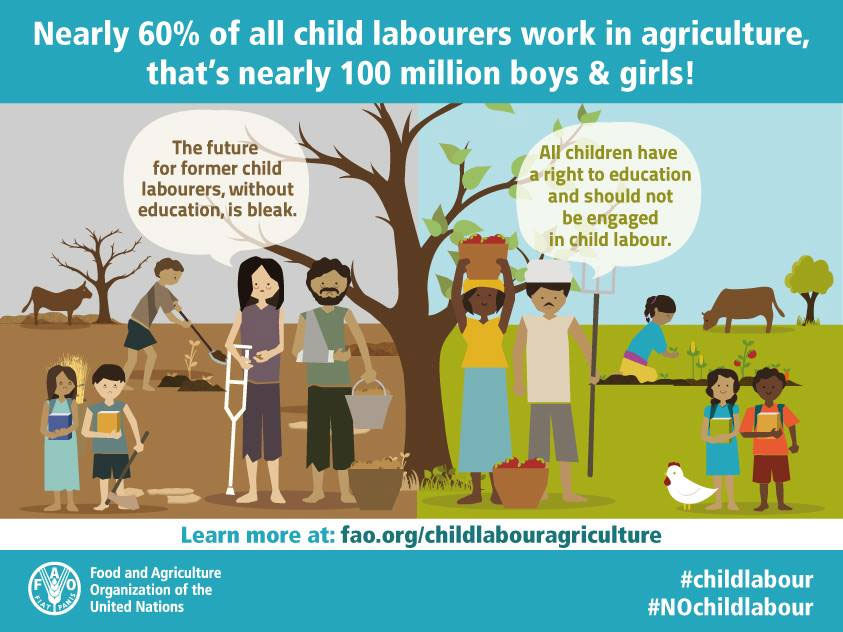New UN guidebook seeks to prevent child labour practices in agriculture
A new handbook issued by the Food and Agriculture Organization (FAO) will seek to establish guidelines intended to prevent the use of child labour across the world's agricultural communities in an effort to tackle a problem that affects some one hundred million children globally, the United Nations agency announced today.
The FAO's Handbook for Monitoring and Evaluation of Child Labour in Agriculture will seek to fill the gaps in many agricultural development programmes which fail to monitor or evaluate the impact they have on child labour, especially in those communities where increased labour demands are met through child workers.
“In recent years, we have seen an increase in awareness of child labour and its role in producing export crops such as cocoa, coffee and cotton,” said Rob Vos, Director of FAO's Social Protection Division, in a press release.
“As a result, we see much more effective action to prevent child labour in these value chains. However, child labour on family farms not connected to international commodity markets has remained largely untouched. The new guide tries to fill this void.”
The 100-page Handbook – developed in partnership with the Berlin-based Humboldt University – provides an easily accessible toolkit of research and data collection methods for assessing child labour in agriculture and the impacts that various types of development programmes can have.

Source: FAO
In addition, it encourages the identification and use of good practices to prevent child labour such as the promotion of labour-saving technologies while also offering practical advice on how to collect information to track the impact of child labour on school performance and health.
The FAO's release of the guide comes just days after the observance of the annual World Day Against Child Labour which saw the UN family raise a call for the international community to invest in quality education as a key step in the fight against child employment.

